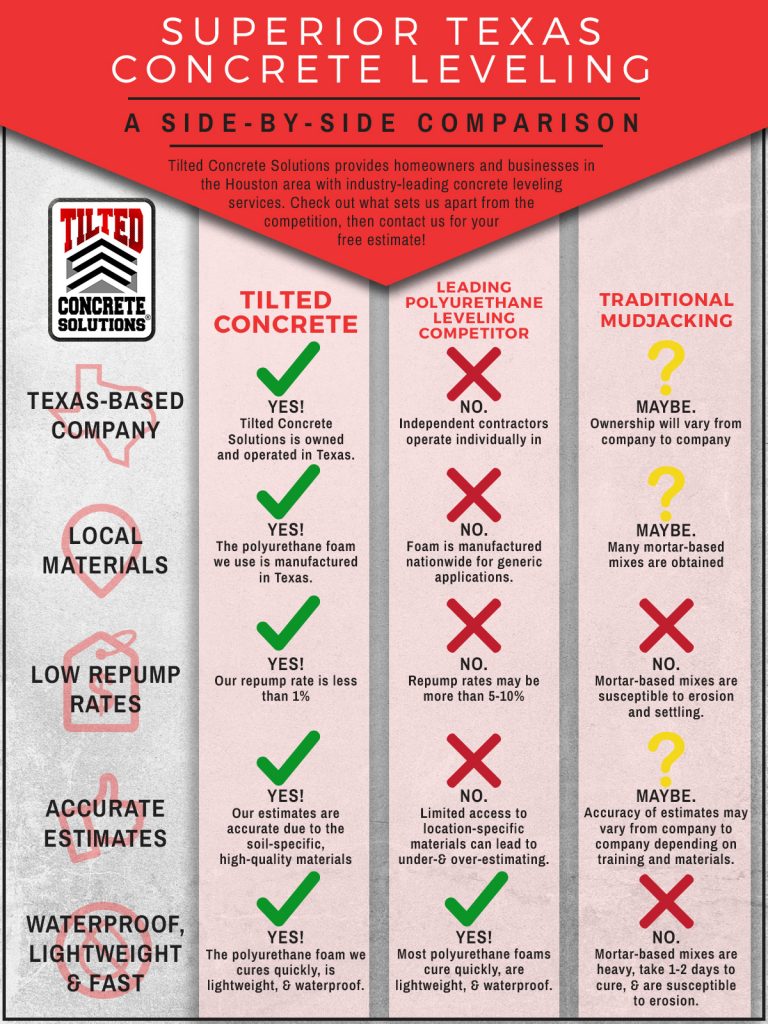Check Out The Role Of Seasonal Factors In The Success Of Business External Paint And Reveal The Very Best Times To Secure Lasting Outcomes For Your Job
Check Out The Role Of Seasonal Factors In The Success Of Business External Paint And Reveal The Very Best Times To Secure Lasting Outcomes For Your Job
Blog Article
Web Content Author-Carlson Chaney
When you're preparing an industrial external painting job, seasonal elements can make or break your results. You'll intend to consider just how temperature level and moisture influence paint application and drying times. Selecting the right period can ensure your paint sticks effectively and lasts much longer. Yet which periods are truly the very best for this type of work? Allow's check out the crucial elements that can influence your job's success.
The Influence of Temperature Level on Paint Application
When you're intending a commercial exterior painting job, the temperature level can considerably impact how well the paint adheres and dries.
Ideally, you intend to paint when temperatures vary between 50 ° F and 85 ° F. If it's also cold, the paint may not treat properly, causing problems like peeling off or breaking.
On the other hand, if it's as well hot, the paint can dry also rapidly, stopping correct adhesion and leading to an irregular finish.
You must also think about the moment of day; morning or late afternoon provides cooler temperatures, which can be extra favorable.
Constantly inspect the producer's referrals for the particular paint you're making use of, as they commonly give assistance on the perfect temperature array for optimal results.
Humidity and Its Effect on Drying Times
Temperature isn't the only ecological aspect that affects your business exterior paint task; moisture plays a considerable duty also. High moisture levels can slow down drying out times substantially, affecting the total quality of your paint job.
When the air is filled with moisture, the paint takes longer to heal, which can lead to problems like poor adhesion and a greater danger of mold growth. If you're repainting on an especially damp day, be prepared for prolonged wait times in between coats.
It's essential to check neighborhood climate condition and strategy as necessary. Preferably, go for moisture levels between 40% and 70% for optimum drying out.
Maintaining click for more info consider mind guarantees your task stays on track and supplies a long-term surface.
Best Seasons for Commercial Exterior Painting Projects
What's the most effective time of year for your business outside painting jobs?
Springtime and very early autumn are normally your best options. During these seasons, temperature levels are mild, and moisture levels are typically reduced, creating suitable conditions for paint application and drying out.
Avoid summer season's intense heat, which can create paint to completely dry also quickly, leading to inadequate attachment and coating. In a similar way, winter's chilly temperature levels can impede proper drying and healing, risking the durability of your paint work.
Go for days with temperatures between 50 ° F and 85 ° F for optimal outcomes. Remember to examine the neighborhood weather prediction for rainfall, as wet problems can ruin your task.
Planning around these variables ensures your paint job runs smoothly and lasts much longer.
Conclusion
In conclusion, preparing your industrial external painting tasks around seasonal considerations can make a significant distinction in the end result. By scheduling job throughout the suitable temperatures and humidity degrees, you'll guarantee better attachment and drying out times. Keep in mind to watch on neighborhood weather forecasts and select the right time of year-- springtime and early autumn are your best choices. Taking these steps will help you accomplish a sturdy and professional coating that lasts.
